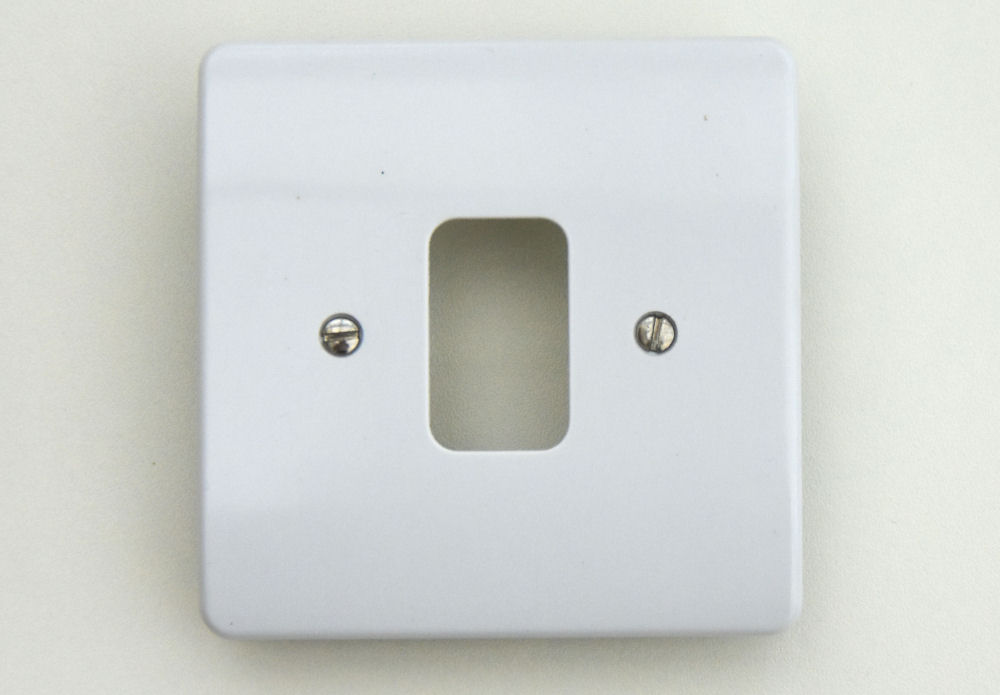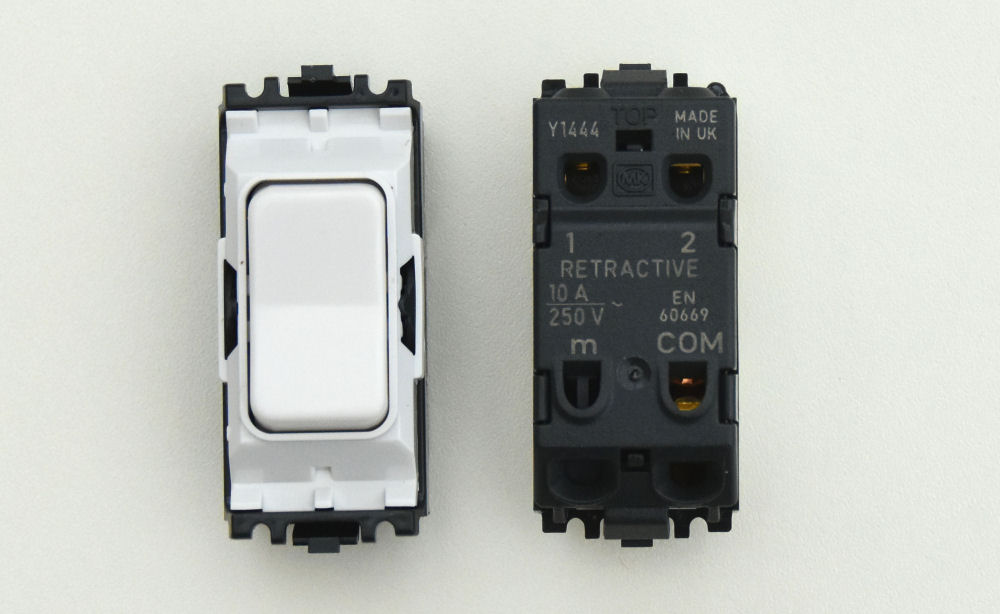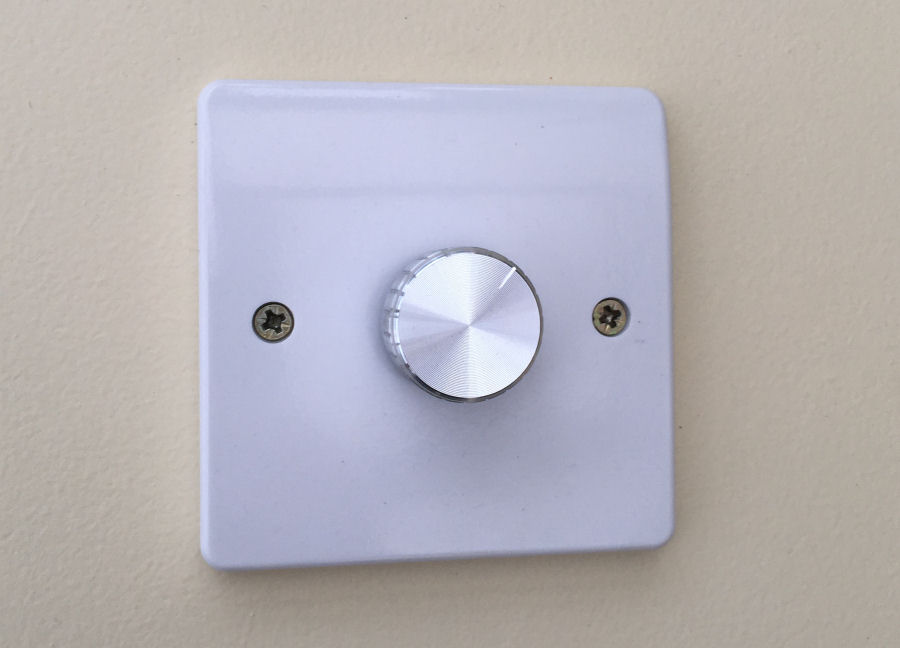MK Grid Switches
Switches are just one user interface that can be used in my contextual smart home to control lighting, fans, curtains, blinds and other appliances. I mostly aim for a zero touch user experience, where things just work intelligently around us in our home but, a great user experience requires multiple user interfaces that all work consistently in parallel and also allow manual control when required. Sometimes switches are just the easiest way to do things in the smart home and if they are present, people expect them to work in a reliable and intuitive manner.
I have 'standardised' on MK Grid switches in my current home, to get a consistent, high quality user experience throughout my home, with excellent reliability. They can be used for lighting, curtains, blinds, pretty much anything. I also plan to use them in my next smart home.
I use 'dumb' switches connected up to make them really smart. I do this to avoid expensive, proprietary switches that tend to have a very short lifetime either because of technology obsolescence or lack of on-going support. There are numerous examples of this in the smart home market place. I also avoid expensive, complex switches like the Lutron Caseta because they don't provide a simple and intuitive user interface and tend to introduce a lot of latency, which results in a poor user experience. Another key advantage of using 'dumb' switches is that they can be used to switch mains voltages but also for low voltage applications.
These switches are available in a range of form factors and functions because of their modular nature. They come in 1-gang, 1-gang dual switch, 2-gang, 3-gang, 4-gang and even 8-gang formats. There are a huge range of switches, with a very wide range of functions and features, to fit into the frames and switch plates. Both latching and momentary (retractive) switches are available.
The switches consist of a frame, on to which the actual 'switches' are mounted and this is then covered by a switch cover plate. The switch frame has the usual mounting holes at 60mm apart (M3.5 thread) but, these are hidden behind the cover plate, which is typically then held on by two smaller screws.
The standard MK switch cover is 86mm × 86mm and has rounded corners with a 4mm radius.

MK 1 module grid frame (K3701).

MK single module/switch plate (K3631 WHI).
I also use these grid frames and plates rotated by 90° to provide open-off-close and close-off-open functionality and have developed a 3D printed adapter to make this very easy to do.

MK 1G dual module frame and plate (K3632 WHI).

MK 2G triple module frame (K3703) and plate (K3633 WHI).
Push Switches
K4900

The primary switch module I use in our home is the K4900 momentary (also called retractive) on-off-on. In normal operation this switch is in the central position and off. It can be pushed up or down (momentarily) to turn a light on or off, or pushed and held to adjust brightness up or down.
This is a momentary on-off switch, which can be used to toggle a light on and off. You push the bottom part only. The main advantage of this switch over a normal on-off switch is that it doesn't remain flipped between two fixed states, which to look at might imply that the associated light should be in a particular state.
This is a very handy switch for over-riding automated behaviour in a light or device.
Rotary Switches

MK don't make a rotary switch that meets our needs but, I have designed and developed my own which are mounted on an MK blanking plate. These allow me to provide a rotary knob that can be used to adjust brightness and colour of smart lighting, whilst also providing push to switch on/off capability. These 'rotary switches' are also capable of more advanced functionality, such as multiple presses being used for other functions.
They can be used with any knob that fits a 6mm spindle, including ones I have 3D printed myself. I can also fit two to a 1-gang switch plate.


